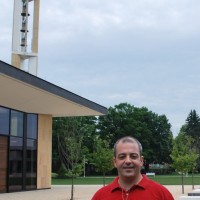December 23, 2022
Unleashing the Potential and Building the Agency of Younger Learners
An item from a neo-liberal… This one is an item from a business professor with little direct experience in education, but who believes free market economic principles are the answer to education’s (and pretty much all other society’s social) problems.
Open in app or online You’re on the free list for The Future of Education.
Unleashing the Potential and Building the Agency of Younger Learners
Showing and representing the capabilities of young students
When I was a senior in college, the Yale administration asked if I would give a campus tour to a high school student, Orly Friedman. By total coincidence, as I was taking Orly on the tour, we learned that I had graduated from the same high school she attended. We’ve stayed in touch ever since.
Orly ended up enrolling at Yale and then dove headfirst into the world of education upon graduation. We had the opportunity to collaborate on a fun project when I lived in Silicon Valley, and then I’ve watched with admiration as she’s taken a series of neat jobs—from serving as the head of the lower school at the Khan Lab School to, most recently, launching her own school, Red Bridge.
Earlier this school year, Orly penned a piece for the Red Bridge newsletter that caught my eye, as it pushes the limits of what people often think younger students are capable of—or how we support them in realizing their potential. I asked Orly if I could post her piece and pictures here in my newsletter, and she kindly said yes. I hope you enjoy and, like me, learn something.
By Orly Friedman
While I was a student at Yale, I would look forward each summer to a package arriving containing the Blue Book. I’m sure the Blue Book is now online, and has lost some of its charm, but back in the day, this course catalog was magical. It listed every course that would be available across the university. Flipping through course titles brought infinite possibility – did I want to become an architect? An economist? A film critic? It was a choose-your-own adventure book for the path your life could take, and there was plenty of time to amble down a few paths. College was the first time I’d had a say in what I wanted to learn and where I wanted to be challenged.
For so many students, the learning journey is imposed upon them instead of a path for them to navigate. One way this plays out is in student assessments. In most settings, evaluation is a school- or teacher-directed experience (standardized tests, five-paragraph essays, trifold presentations). Teachers decide what content to assess, when assessments happen, and how assessments are scored. At Red Bridge, we are working to invert this assessment system to put students back in the driver’s seat, so they have the opportunity to ask themselves the important questions of “What am I excited to learn next?” and “Where do I want to grow?”
Last year, I wrote about the progress reports we designed to capture more authentic student learning. This year we’ve continued to develop our assessment systems to empower students and to inspire deeper thinking. What we’ve come up with is a system of Learning Credits. Learning Credits are our mastery-based approach to assessment. In alignment with our mission to develop a sense of agency in every student, this system puts students in control of what they are assessed on and when, and importantly it requires students to engage in metacognition, or thinking about thinking.
Increasingly, technology diminishes our metacognition and sense of agency as our devices serve up apps that entice us to click with little prompt to reflect on how we’re feeling or what we truly need. You glance at your iPhone – it tells you it’s 6pm and that you usually open the DoorDash app around now. You click on the app, it shows you a few popular dishes in your city; you order one; it arrives an hour later, and you eat your dinner without stopping to consider whether you were even hungry in the first place. The efficiency of this experience supplants self-reflection. In traditional schools a similar system of teacher-directed compliance absolves students of the need to reflect on their level of understanding or the desire to learn, which ultimately chips away at their motivation and sense of self.
Practicing metacognition is a prerequisite for developing a sense of agency. Agency, or, as Red Bridge defines it, the ability to set meaningful goals and have the will and skill to achieve them, requires setting a goal, making a plan, exhibiting self-regulation and self-reflection. Metacognition or monitoring your own thinking is key to being able to see your plans through to fruition. In many school environments students move passively through their days, being told what they will learn and when they will be assessed. Our goal is to get students to not only think about what they’re learning and why it’s important, but also to recognize for themselves when they’ve reached a depth of understanding to be ready for assessment. Learning Credits support students’ recognition of what a deep level of understanding feels like, and what it takes to reach that level.
For example, this spring when we introduced the system of Learning Credits, one of the credits was counting from 0 – 100. This is a Common Core aligned Kindergarten standard. We consider this a Fluency Credit since it is a discrete skill to be practiced and performed with ease. For many of our youngest students, this is a skill they work hard to master over the course of the year. One feature of the Learning Credit system at Red Bridge is that students sign up to be assessed when they believe they have mastered a skill. Before they are given the assessment, they are asked, “How do you know you will be successful?” and if they do not have an answer to this, they will be asked to practice before trying the assessment. All students who were interested were allowed to attempt the Counting from 0 – 100 credit. Some of our strongest math students signed up first, and instead of deciding this was too easy for them and not worth their time, we let them try the credit. When they counted with ease from 0 – 100 they learned what fluency feels like, so when it came time for those same students to attempt the counting by 8s credit, they could self-monitor to determine when they were fluent with the skill or only knew it haltingly.
Another positive result of the Learning Credit system we observed this spring was students supporting one another in working toward earning a credit. Students would use their independent work time to practice Learning Credit skills and would often enlist a friend to help – asking them to listen to them recite a poem or correct their number facts. Seeing students take the initiative to select a credit to work towards, make time in their day to practice, and seek out the support and feedback of peers along the way are all moments that demonstrate effective metacognition.
Students had the opportunity to design their own Learning Credits as well. We provided templates, which students could submit for consideration. Some students wanted credits in extracurricular activities, such as gymnastics or piano playing. Others wanted recognition for skillsets they brought to the building that weren’t currently captured in the curriculum, such as a credit for speaking Portuguese from a student who speaks that native language.
Not all Learning Credits are fluency credits to be rehearsed or memorized. The second set of Learning Credits are concept credits. Concept credits require students to think deeply about a big idea and share their understanding of the concept in multiple ways. For our pre- and early-readers and writers, certain credits are earned as a group. One of these was a Learning Credit we named The Thoughtful Communicator. Together, the Autonomy Level 1 cohort identified how characters in books used word choice and tone effectively and ineffectively to get their message across. They created skits to demonstrate thoughtful communication skills and reflected on what they observed in each other’s skits, and finally, they asked for feedback on their own communication from teachers and peers over the course of a week. After all students had contributed to each of these steps, they successfully earned The Thoughtful Communicator credit.
Similar to the badging system in Boy or Girl Scouts, these credits take a physical form. Students receive a sticker for the credits they earn, which they keep track of in a designated folder. Stickers are dispensed with a delay to avoid one-upmanship in the credit-earning process. Artifacts from earning each credit, which might take the form of a video, audio recording or scan of student work, are uploaded into a digital portfolio for tracking and sharing with families. This also allows students to tangibly see their growth over time.
There are still many open questions about how the Learning Credit system at Red Bridge will evolve as we work to incorporate it into more disciplines across varying age groups in the new school year. My hope is that in time we can build an index similar to Yale’s Blue Book, filled with the credits students can work to earn (some they’ve designed themselves), which motivate them each day to pursue the concepts that intrigue them and to realize the agency they have in their own learning journey.
© 2022 Michael Horn
548 Market Street PMB 72296, San Francisco, CA 94104
No comments yet.
RSS feed for comments on this post. TrackBack URI
- SEO Powered Content & PR Distribution. Get Amplified Today.
- Platoblockchain. Web3 Metaverse Intelligence. Knowledge Amplified. Access Here.
- Source: https://virtualschooling.wordpress.com/2022/12/23/unleashing-the-potential-and-building-the-agency-of-younger-learners/
- 1
- 100
- a
- ability
- Able
- About
- Achieve
- across
- activities
- administration
- Adventure
- After
- agency
- aligned
- All
- allows
- and
- Another
- answer
- app
- approach
- apps
- around
- Arrives
- arriving
- assessed
- assessment
- assessments
- audio
- Authentic
- auto
- available
- back
- become
- before
- being
- believe
- believes
- Big
- Blue
- book
- Books
- BRIDGE
- brought
- build
- Building
- business
- CA
- Campus
- capabilities
- capable
- capture
- catalog
- Category
- caught
- Center
- certain
- challenged
- characters
- Chips
- choice
- City
- clear
- Cohort
- coincidence
- collaborate
- College
- come
- comment
- comments
- Common
- Communication
- compliance
- concept
- concepts
- Consider
- consideration
- content
- continued
- contributed
- control
- Core
- could
- course
- created
- credit
- Credits
- Currently
- Curriculum
- data
- day
- Days
- Deciding
- deep
- deeper
- Defines
- delay
- demonstrate
- depth
- Design
- designed
- Determine
- develop
- developing
- Devices
- DID
- digital
- Dinner
- direct
- down
- each
- earn
- earned
- Earning
- eat
- Economic
- Economist
- Education
- Effective
- effectively
- efficiency
- empower
- engage
- enjoy
- environments
- Ether (ETH)
- evaluation
- Even
- EVER
- evolve
- example
- excited
- experience
- eye
- families
- Feature
- feedback
- few
- filled
- Film
- Finally
- First
- first time
- form
- Forward
- Francisco
- Free
- friend
- from
- fruition
- fun
- future
- get
- Girl
- Give
- given
- Glance
- goal
- Goals
- good
- Group
- Group’s
- Grow
- Growth
- happen
- Hard
- head
- help
- here
- High
- hope
- How
- HTTPS
- Hungry
- idea
- identified
- identifier
- important
- imposed
- in
- incorporate
- independent
- index
- Initiative
- instead
- interested
- introduced
- iPhone
- IT
- journey
- Keep
- Key
- Know
- lab
- language
- launching
- LEARN
- learned
- learning
- Level
- Life
- limits
- List
- Listed
- little
- Look
- make
- Making
- many
- Market
- master
- math
- meaningful
- message
- Meta
- Michael
- might
- Mission
- Moments
- monitoring
- more
- most
- Motivation
- move
- multiple
- Named
- native
- Navigate
- Need
- New
- Newsletter
- next
- number
- ONE
- online
- open
- Opportunity
- order
- Other
- Others
- own
- package
- path
- People
- physical
- Pictures
- piece
- Place
- plan
- plans
- plato
- Plato Data Intelligence
- PlatoData
- playing
- Plenty
- Popular
- portfolio
- Portuguese
- positive
- possibility
- Post
- potential
- practice
- presentation
- Presentations
- pretty
- principles
- problems
- process
- Professor
- Progress
- project
- provided
- put
- Puts
- Questions
- reach
- reached
- ready
- realize
- realizing
- receive
- recently
- recognition
- recognize
- recording
- Red
- reduce
- reflect
- reflected
- representing
- require
- requires
- resource
- result
- Said
- same
- San
- San Francisco
- scan
- School
- Schools
- Second
- seeing
- Seek
- SELF
- sense
- Series
- serve
- serving
- set
- setting
- settings
- Share
- sharing
- Shows
- sign
- signed
- Silicon
- Silicon Valley
- similar
- Simple
- since
- site
- skill
- skills
- So
- Social
- some
- something
- spam
- speaking
- Speaks
- spring
- standard
- stayed
- Steps
- stickers
- Still
- stopping
- street
- Student
- Students
- submit
- successful
- Successfully
- such
- summer
- support
- Supporting
- syndication
- system
- Systems
- TAG
- Take
- takes
- taking
- teachers
- Technology
- tells
- templates
- tests
- The
- The Initiative
- the world
- their
- themselves
- Thinking
- this year
- Through
- time
- Title
- titles
- to
- together
- TONE
- too
- Total
- touch
- Tour
- toward
- towards
- track
- Tracking
- traditional
- Ultimately
- under
- understanding
- university
- uploaded
- us
- use
- usually
- Valley
- Video
- wanted
- ways
- week
- What
- whether
- which
- WHO
- will
- without
- Word
- WordPress
- Work
- working
- world
- worth
- would
- year
- young
- Younger
- Youngest
- Your
- zephyrnet






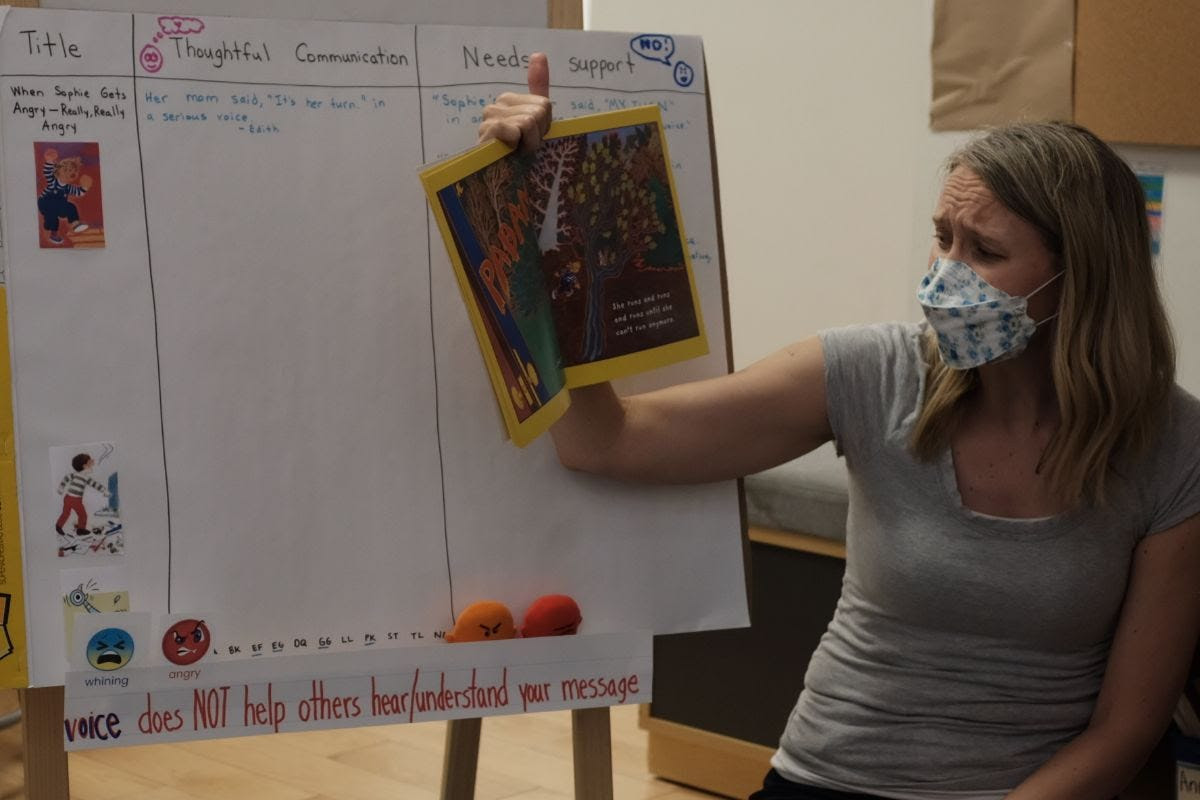

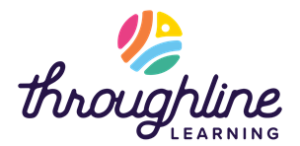
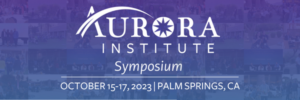


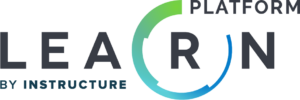

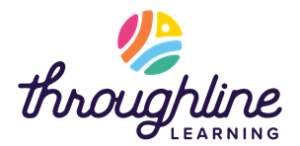
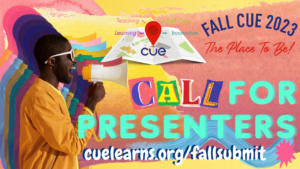
![[OLJ] Announcing Release of OLJ Special Issue on AERA Online Teaching and Learning SIG](https://platoaistream.com/wp-content/uploads/2023/12/olj-announcing-release-of-olj-special-issue-on-aera-online-teaching-and-learning-sig.jpg)
![[Spring Webinars] Interactive sessions with practical examples, Q&As and more!](https://platoaistream.com/wp-content/uploads/2023/03/spring-webinars-interactive-sessions-with-practical-examples-qas-and-more-300x75.png)
